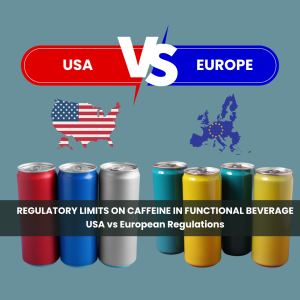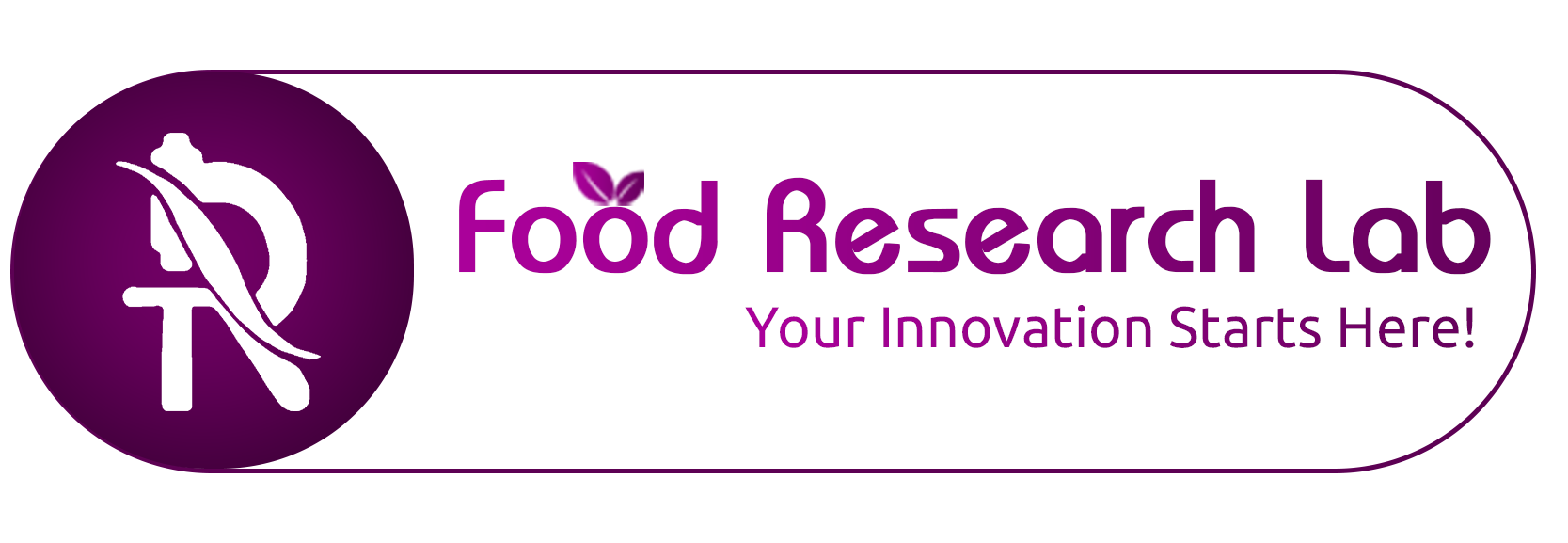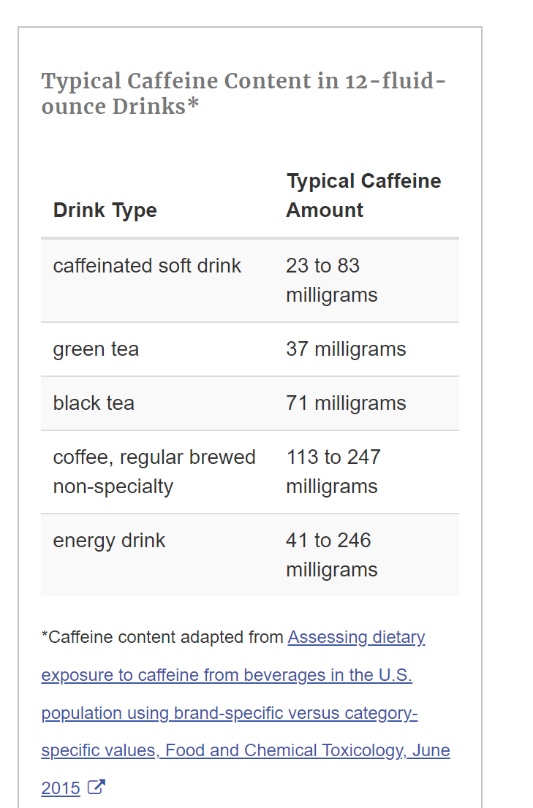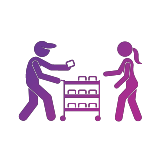Some Essential Aspects Relating to Caffeine Control in the EU:
- Caffeine Status: It is governed by the EFSA and is treated as a stimulant, which regulates its use in food and beverages.
- Safe Limit: The EFSA defined 200 mg as an upper limit in a single dose, while 400 mg is an upper limit daily value in a healthy adult.
- Limit for Beverages: No limit has been set on caffeine content in beverages, but there are labeling requirements for caffeine levels exceeding certain thresholds.







